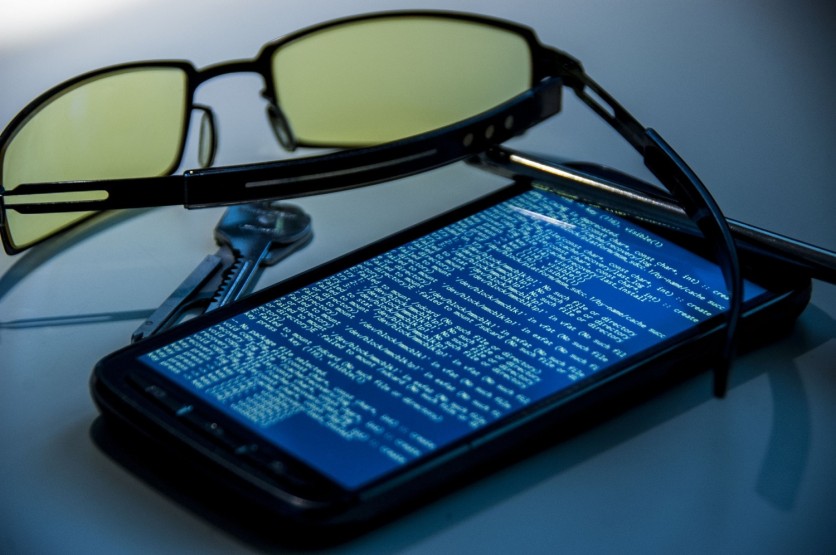
Yes, we all complain about how the internet is such an unsafe place to be and how much threats it poses to our general security. Many have even decided not to access some platforms or carry out some activities on the internet ever again because of the cyber threats they feel these platforms expose them to. But have you ever bothered to ask yourself who the biggest culprit is in this cybersecurity blame game?
Well, the biggest culprit is none other than your best technological friend - the pocket-sized robot called mobile phones. Although in recent years, mobile phones have been man's best friend - displacing the trusty dogs to this title - their vulnerabilities have meant that they're also the most targeted device by hackers.
But how exactly do mobile phones contribute to the cyber threats we face? Some may wonder! Well, the answers you seek are what this post is dedicated to discussing. So sit tight and read on.
Hackers find it relatively easier sending malware to mobile phones
Unlike PCs, mobile phones rarely undergo regular updates to their operating systems. As a result, hackers use the gap in the mobile phone manufacturer's security space to their own advantage by sending malware.
Malware is a software created by hackers to disrupt computer operation, steal sensitive information, and access private computer systems. Examples of malware include worms, viruses, spyware, and other malicious programs. Now, when a hacker sends this malware to mobile phones, they use it to commandeer the mobile phone's hardware (microphone or camera). Once they are in, they start to snoop on you, steal valuable info from your device, and install keyloggers to steal your passwords and financial information. One of the most common malware they send is the "Zitmo - Zeus-in-the-mobile." This malware is specially designed to attack bank apps on mobile phones. This malware attempts to bypass the two-factor security authentication of the bank app, steal sensitive details, and gain access to bank accounts.
Smartphones allow us to do virtually everything
Due to the fact that we use our smartphones for numerous activities, like downloading some of the routine life mobile applications, sending emails, storing contact info and saving passwords, we expose ourselves to different malicious activities. In addition, smartphones also make it possible for us to access virtually any platform we wish to access. Unfortunately, many of these platforms are breeding grounds for cyber attackers, especially social media.
Perhaps if there was a limit to the number of activities this unsafe gadget can execute, humans would be less exposed to cyber-attacks.
Smartphones grant permissions
It is no news that most smartphones use the "permission mechanism" to determine what users can do in applications, that is, users are always first asked whether to grant a certain action permission on their devices before it's launched. For example, a mobile app might ask you to grant permission to photos, files, or system before you can complete its installation on your phone.
Consequently, this permission allows these applications to run independently from the operating system of the phone.
However, the capability of allowing applications to seek permission outside of their sandbox could be harmful because it creates an avenue for the hacker to sneak into your system and install any malicious program they wish to get install.
Ability to access web browsers
In today's digital-driven world, there's really no using a smartphone without installing web browsers on it. These browsers allow us to access the internet and enjoy every benefit that is locked away in the cyberspace.
On the downside, however, web browsers are really prone to vulnerabilities and cyber threats, especially when users use them to access websites that hold possible risks of malware and other threats in them.
Furthermore, web browsers also present the threat of users unknowingly, leaving themselves vulnerable to attacks via some bad combinations. Some examples of these scenarios include bookmarks paired with saved logins, logins to malicious websites without signing out, joining malicious mailing lists, and lots more.
Wi-fi interference
Wi-fi interference is one of the biggest weapons used by hackers to gain access to internet users. Although we all love to tap into free wifi connections at airports, hotels, bus stations, and other public places, hackers are well aware of this possibility, and as a result, they try to breach the security protocol used to protect a vast majority of these connections.
Once you're signed-in to an unsecured public wireless network, it becomes relatively easy for hackers to send malware into your device and invariably steal whatever they want to steal from your device.
ⓒ 2025 TECHTIMES.com All rights reserved. Do not reproduce without permission.




